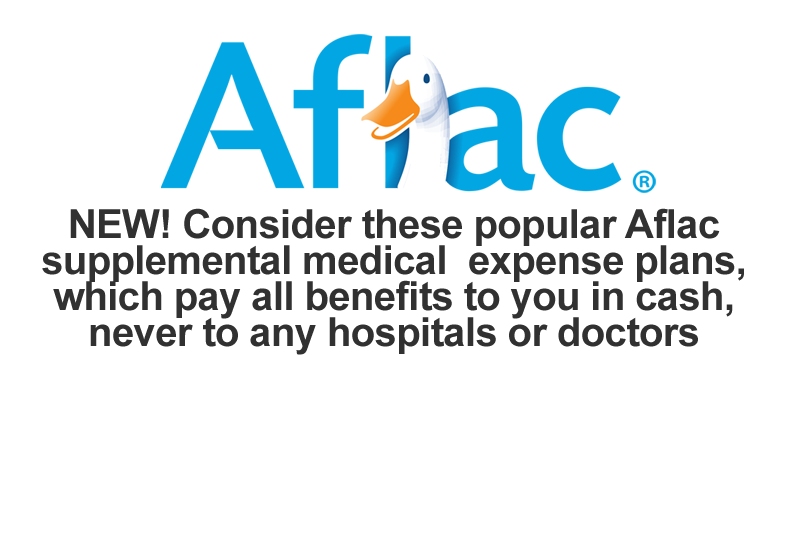Early this morning, two dogs were rescued today alongside one of Chicago’s busiest expressways. Angela Myrick was driving to work and heard it on the news; she knew it was her dogs that were snarling at traffic. They had gotten away the night before and mother Angela and her daughter had been searching for them all night long; they were not used to being outside during frigid temperatures.
Illinois Department of Transportation (IDOT) and State police spotted the dogs earlier and were making sure they didn’t wander into traffic while waiting for animal control. But Angela’s daughter got there first to pick them up.
Another pet owner grateful for their rescue and their safety. Both animals immediately went to sleep after their long night; two weary pets glad to be home.
Veterinary Pet Insurance Co. (VPI), the nation’s first and largest provider of pet health insurance, marks February as Pet Dental Health Month by reminding pet parents about the importance of regular dental care for their four-legged family members. In 2014, VPI policyholders spent more than $12.2 million on dental conditions and procedures, the fourth most common type of claim submitted to the company last year and an eight percent increase from the previous year.
Preventive oral care is not only necessary for pets, it’s a financially sound choice for pet owners. In 2014, the average claim amount for pet teeth cleaning was $171. In contrast, the average claim amount for treating dental-related disease was $212. Periodontal disease, a condition caused by residual food, bacteria and tartar that collect in the spaces between the gum and tooth, accounted for the most dental claims received by VPI last year— more than 26,800. Tooth infections, inclusive of cavities and abscesses, accounted for the second most common dental-related claims, totaling more than 14,200. Infections of the teeth are typically the result of untreated tooth decay, cracked or fractured teeth, or severe periodontal disease.
Poor dental care can also be linked to severe health issues and shorter lifespan in dogs and cats. The bacteria associated with tartar buildup and periodontal disease can contribute to heart, liver and kidney problems.
According to the American Veterinary Medical Association (AVMA), an organization dedicated to advancing the science and art of veterinary medicine, 80 percent of dogs and 70 percent of cats show signs of oral disease by the age of three. VPI encourages pet parents to have their pets’ oral health evaluated bi-annually by a veterinarian.
“Regular veterinary examinations are critical because they include an oral health and dental evaluation, just like when we go to the dentist,” says Carol McConnell, DVM, MBA, vice president and chief veterinary medical officer for VPI. “To help off-set the costs of preventive oral care, VPI offer’s Everyday Care plans that help cover procedures like dental cleaning. Your veterinarian may also recommend brushing your pets’ teeth between veterinary visits, with the goal of preventing a buildup of tartar along your pets’ gum line. Tartar can lead to inflammation or pain when the gums or mouth are touched, even during the simple process of eating.”
The AVMA’s list of signs that dental disease has already started in a dog or cat includes:
· Red swollen gums or brownish-yellow tartar on teeth
· Bad breath
· Bleeding from the mouth
· Frequent pawing or rubbing at the face and/or mouth
· Reluctance to eat – for example, picking it up and then spitting it out













